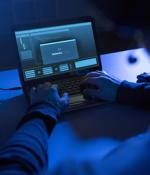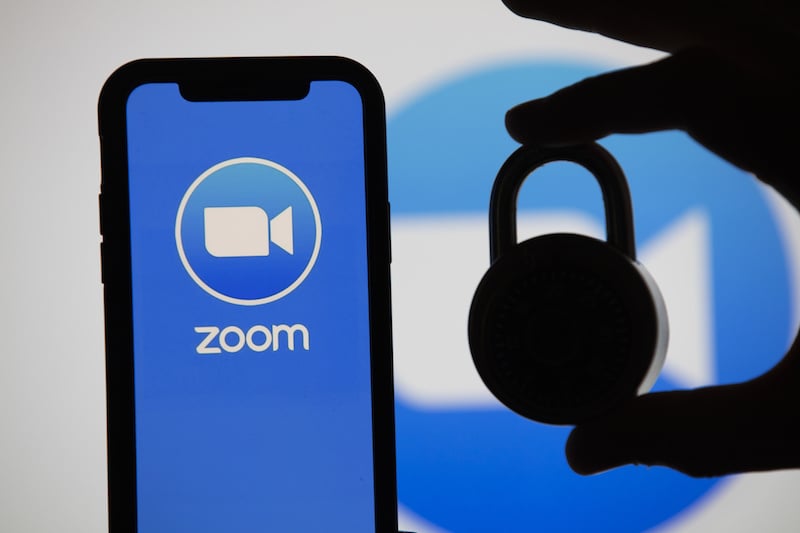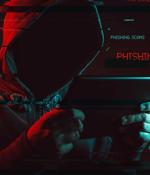Security News

While Zoom Video Communications is trying to change the public's rightful perception that, at least until a few weeks ago, Zoom security and privacy were low on their list of priorities, some users are already abandoning the ship. In the meantime, several governments and prominent companies have prohibited staff and employees from using Zoom for work.

Zoom's security catch-up sprint has seen it announce its users will soon be able to choose where their traffic goes. The new feature will help users in places like Taiwan, where the government banned Zoom after learning traffic could go through its frenemies in Beijing.

12% of users have reportedly stopped using Zoom altogether, the social platform Blind found. Zoom has been slammed for a wide array of security issues over the past couple of weeks, including Zoom bombings, personal data leaks, absence of end-to-end encryption, and more.

Researchers have found a database of Zoom video conferencing credentials ranging from just an email and password to also include meeting IDs, names and host keys. The latter is possible because Zoom users are remarkably lax about protecting the details - and of course it could be just a small subset of a larger collection of credentials not made available to others.

Researchers have uncovered a database shared on an underground forum containing more than 2,300 compromised Zoom credentials. Etay Maor, chief security officer at IntSights, told Threatpost that the source of the credentials is unknown, but the smaller number of them suggests they didn't come from a Zoom database breach.

That spike in users also exposed a growing list of security flaws: Zoom bombing trolls have emerged, user email addresses and photos have leaked, calls aren't being end-to-end encrypted, and flaws found in the Zoom installer allow an attacker to gain root access to computers that run a malicious version of it. These security flaws have prompted some organizations, companies, governments, government agencies, and schools to ban Zoom or restrict its use.

As it faces a major lawsuit, Zoom is taking a significant step to bolster security and privacy efforts by recruiting an industry heavy-hitter - former Facebook CISO Alex Stamos - to provide special counsel. Zoom now says that it aims to clean up its issues from both the product side and by taking a high-level executive approach, Zoom founder Eric Yaun said in a blog post published Wednesday.

Zoom has promised to improve security and privacy, but an increasing number of organizations have decided to ban the video conferencing application over security concerns. Stamos will help Zoom implement better security controls and practices.

In 1965, Gordon Moore published a short informal paper, Cramming more components onto integrated circuits. Based on not much more but these few data points and his knowledge of silicon chip development - he was head of R&D at Fairchild Semiconductors, the company that was to seed Silicon Valley - he said that for the next decade, component counts by area could double every year.

In an unprecedented and hotly debated move, the New York City Department of Education banned the use of Zoom, writing in an internal memo on April 3 that teachers were no longer allowed to use the platform at all. "We know the transition away from Zoom will take time for many educators and we will support them. We know maintaining continuity of teaching means it won't happen overnight. Less than 2 weeks ago, our heroic educators began transforming instruction for 1.1M kids, bringing the nation's largest public school system online. They rose to this challenge with grace, and our whole city is grateful for how they've learned to teach and lead remotely," Carranza wrote.